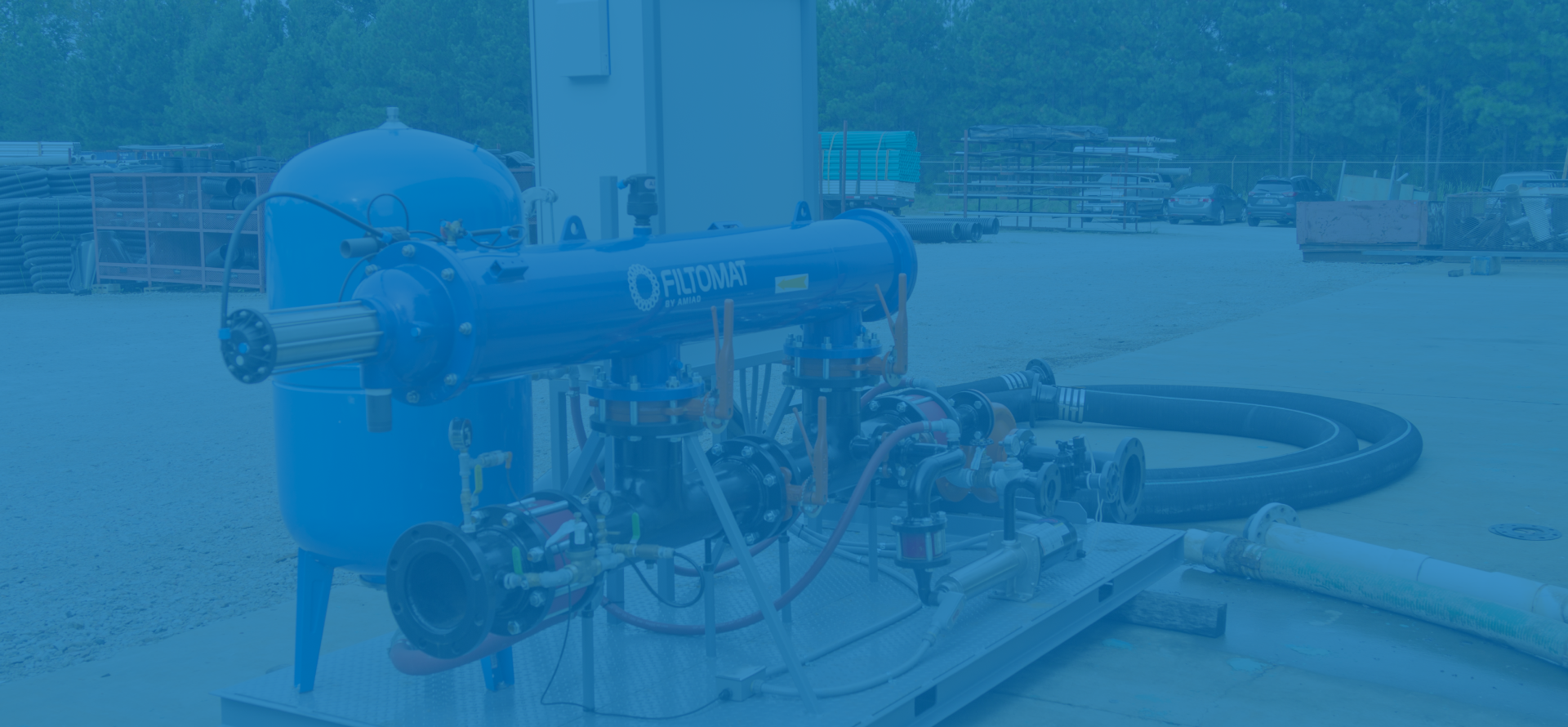What Makes a Sprinkler the Essential Tool for Effective Irrigation Systems
 In the world of effective irrigation systems, the sprinkler stands out as a pivotal tool that can significantly enhance water distribution and promote optimal plant growth. This ultimate guide will explore the various features and benefits of sprinklers, highlighting why they are essential for both residential gardens and large agricultural operations. From their ability to cover wide areas efficiently to their capacity to deliver water uniformly, sprinklers play a crucial role in ensuring that every inch of your landscape receives the hydration it needs.
In the world of effective irrigation systems, the sprinkler stands out as a pivotal tool that can significantly enhance water distribution and promote optimal plant growth. This ultimate guide will explore the various features and benefits of sprinklers, highlighting why they are essential for both residential gardens and large agricultural operations. From their ability to cover wide areas efficiently to their capacity to deliver water uniformly, sprinklers play a crucial role in ensuring that every inch of your landscape receives the hydration it needs.
As we delve into the types of sprinklers available, maintenance tips, and the best practices for installation, you will gain a comprehensive understanding of how this indispensable tool can transform your irrigation strategy and contribute to a thriving ecosystem in your garden or farm.
The Role of Sprinklers in Maximizing Water Efficiency in Irrigation Systems
Sprinklers play a pivotal role in enhancing water efficiency within irrigation systems, which is critical for sustainable agriculture. According to the United Nations Food and Agriculture Organization (FAO), efficient irrigation practices can reduce water usage by up to 30% compared to traditional methods. This efficiency is largely attributed to the uniform distribution of water provided by modern sprinkler systems, which minimizes both evaporation and runoff. The advanced design of these sprinklers allows farmers to deliver precise water amounts tailored to specific crop needs, ensuring that every drop counts.
Moreover, the adoption of smart sprinkler technologies, such as weather-based irrigation controllers, has shown to further optimize water consumption. A study from the American Society of Agricultural and Biological Engineers (ASABE) found that integrating these intelligent systems can boost irrigation efficiency by at least 20%, especially in regions facing water scarcity. By leveraging data on soil moisture levels and weather predictions, these systems adjust watering schedules in real-time, preventing over-irrigation and promoting better soil health. This careful management of water resources is essential not only for maximizing crop yields but also for conserving our precious water supply in the face of growing agricultural demands.
Understanding Different Types of Sprinklers and Their Impact on Crop Yield
 Sprinklers are pivotal in optimizing irrigation systems, significantly influencing crop yield across various agricultural settings. Understanding the different types of sprinklers—such as center pivot, drip, and surface sprinklers—is crucial for farmers aiming to enhance productivity. According to the U.S. Department of Agriculture, the implementation of advanced sprinkler systems can lead to yield increases of up to 30% for certain crops alone. This is particularly evident in regions that face water scarcity, where efficient water delivery and distribution can make or break a farming season.
Sprinklers are pivotal in optimizing irrigation systems, significantly influencing crop yield across various agricultural settings. Understanding the different types of sprinklers—such as center pivot, drip, and surface sprinklers—is crucial for farmers aiming to enhance productivity. According to the U.S. Department of Agriculture, the implementation of advanced sprinkler systems can lead to yield increases of up to 30% for certain crops alone. This is particularly evident in regions that face water scarcity, where efficient water delivery and distribution can make or break a farming season.
Drip irrigation, for example, delivers water directly to the plant roots, minimizing evaporation and runoff. The International Water Management Institute reports that drip systems can reduce water usage by over 50% compared to traditional flood irrigation methods, all while improving crop health and yields. On the other hand, center pivot systems, which can cover vast areas efficiently, are proven to enhance yield consistency for large-scale farmers. Studies show that these systems can increase yield by an average of 15-25% while also optimizing labor and operational costs. Understanding these dynamics allows farmers to choose the right sprinkler based on their specific crop needs and environmental conditions, directly impacting their agricultural success.
Technological Innovations in Sprinkler Design for Sustainable Agriculture
In recent years, technological innovations in sprinkler design have revolutionized irrigation systems, providing sustainable solutions for agriculture. Modern sprinklers incorporate advanced features like precision nozzle technology and smart sensors, allowing farmers to monitor soil moisture levels in real-time. According to a report by the Irrigation Association, these advancements can improve water efficiency by up to 30%, which is crucial in regions experiencing water scarcity. By employing systems that adjust water delivery based on current climatic conditions, farmers can significantly reduce both water waste and operational costs.

Additionally, the integration of IoT (Internet of Things) technology into sprinkler systems has further enhanced their effectiveness. Research from the American Society of Agricultural and Biological Engineers indicates that automated irrigation systems, which include smart sprinklers, can reduce irrigation labor costs by up to 50%. These systems enable precise scheduling and control, ensuring that crops receive the optimal amount of water, thus promoting healthier plant growth and higher yields. This progression towards smarter irrigation solutions not only supports sustainable agricultural practices but also aids in conserving vital water resources.
Data-Driven Insights: How Sprinkler Systems Reduce Water Waste by Up to 50%
Sprinkler systems have revolutionized irrigation methods, allowing for more efficient water use in agricultural and landscaping practices. One of the most compelling benefits of these systems is their ability to reduce water waste by up to 50%. This efficiency is achieved through advanced technology and data-driven insights that optimize water delivery based on specific needs. For instance, many modern sprinklers utilize moisture sensors and weather data integration to adjust watering schedules automatically, ensuring that plants receive the right amount of water at the right time.
Moreover, the implementation of zone watering techniques plays a crucial role in enhancing water efficiency. By dividing the irrigation area into sections, sprinklers can target each zone's unique requirements, minimizing overwatering and runoff. This targeted approach not only conserves water but also promotes healthier plant growth, as it prevents the common issues associated with excess moisture, such as root rot and fungal diseases. As these technologies evolve, the potential for further reductions in water waste continues to grow, making sprinkler systems indispensable for anyone looking to implement a sustainable irrigation strategy.
Water Usage Comparison: Traditional vs. Sprinkler Systems
This chart illustrates the estimated water usage of traditional irrigation systems compared to sprinkler systems. The data indicates that sprinkler systems can reduce water waste by up to 50%, showcasing their efficiency and effectiveness in irrigation.
The Economic Benefits of Implementing Advanced Sprinkler Systems for Farmers
Advanced sprinkler systems are transforming the agricultural landscape, providing farmers with a suite of economic advantages that enhance productivity while optimizing resource usage. By employing these sophisticated tools, farmers can ensure precise water application, which significantly minimizes wastage and maximizes crop yields. This targeted irrigation method allows for better control over moisture levels in the soil, enabling crops to thrive even in varying weather conditions. As a result, farms experience lower water costs and improved profitability.
In addition to cost savings, advanced sprinkler systems often lead to reduced labor expenses. Automated irrigation solutions free up valuable time for farmers, allowing them to focus on other critical operations within their agricultural practices. Furthermore, these systems can yield healthier crops that are less prone to disease, leading to fewer losses and higher market value. Ultimately, the implementation of advanced sprinklers not only contributes to sustainable farming practices but also boosts the economic viability of agricultural enterprises, positioning farmers for long-term success in an increasingly competitive market.
What Makes a Sprinkler the Essential Tool for Effective Irrigation Systems - The Economic Benefits of Implementing Advanced Sprinkler Systems for Farmers
| Irrigation Type | Initial Cost ($/acre) | Annual Savings ($/acre) | Water Usage Reduction (%) | Crop Yield Increase (%) | Payback Period (Years) |
|---|---|---|---|---|---|
| Drip Irrigation | 3,000 | 900 | 30 | 25 | 3.3 |
| Spray Irrigation | 2,000 | 600 | 20 | 15 | 3.3 |
| Subsurface Irrigation | 3,500 | 1,200 | 35 | 30 | 2.92 |
Related Posts
-

Innovative Examples of Top Irrigation Supplies Boosting Crop Yields and Water Efficiency
-

Ultimate Checklist for Choosing the Best Outdoor Grill Station for Global Buyers
-

2025 Trends in Built-in BBQ Technology: The Ultimate Guide to the Best Innovations
-

Exploring 2025 Tech Trends to Elevate Your Outdoor Grill Station Experience
-

How to Choose the Best Barbecue Grills for Your Outdoor Cooking Needs
-

Ultimate Guide to the Best Outdoor Grill Station: 5 Key Specifications You Must Know
Stay Connected
Sign up today to keep up with the newest information from one of the Southeast’s leading suppliers of fluid handling equipment!








